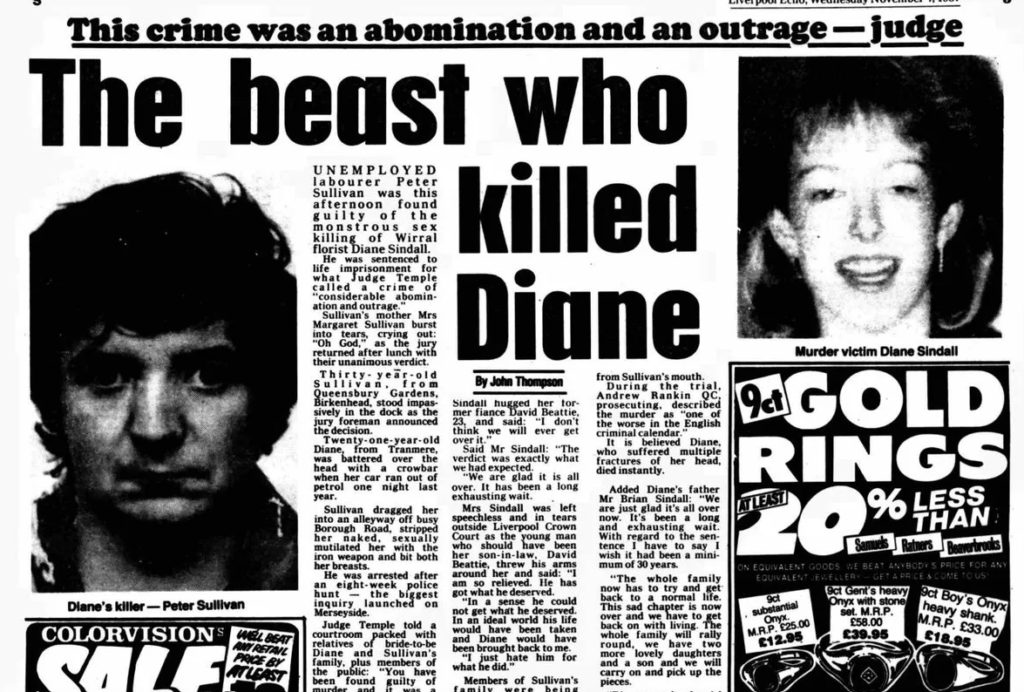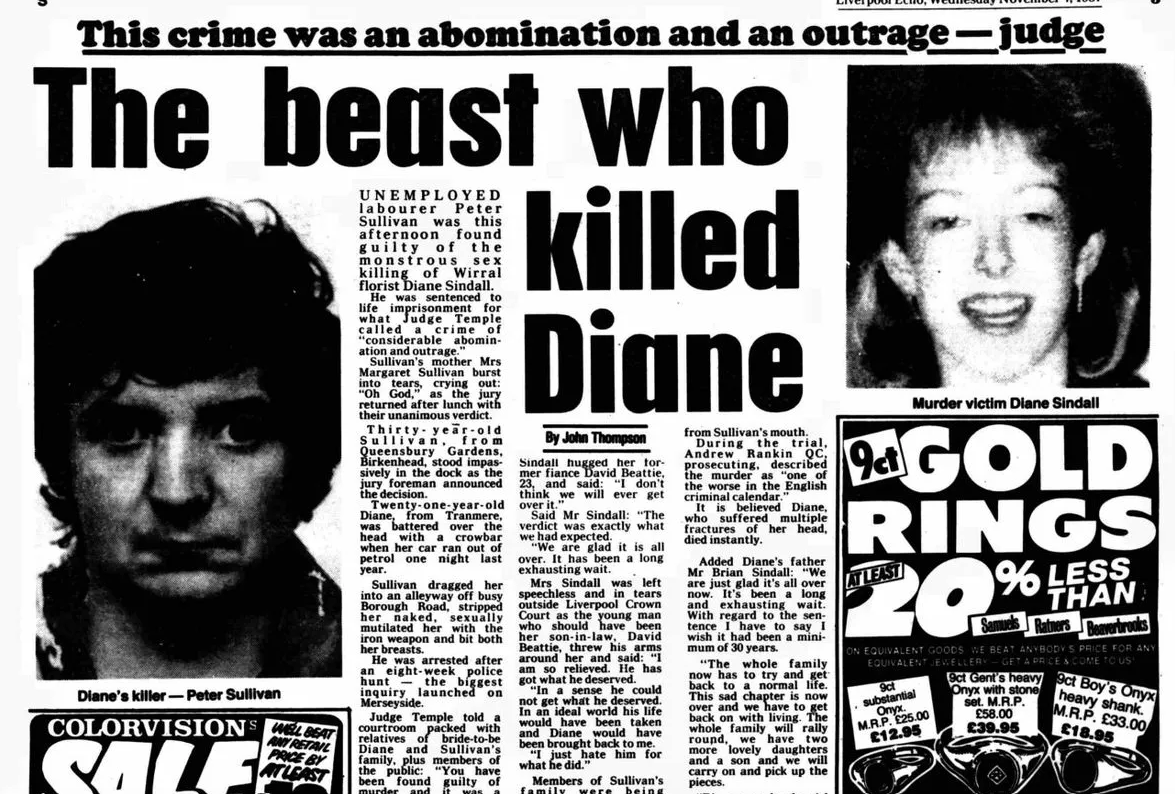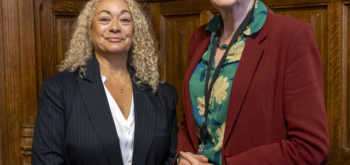A man who has served 38 years in prison for the murder of a woman has had his conviction quashed by the Court of Appeal after new DNA evidence emerged. The exoneration of Peter Sullivan comes after 16 years after he first applied to the Criminal Cases Review Commission. His case has been called the longest miscarriage of justice.
Peter Sullivan was found guilty in 1987 of the murder of Diane Sindall and given a life sentence. She was found dead in August 1986 after leaving work in Bebington, Merseyside and Sullivan was convicted the following year. You can read previous coverage on the Justice Gap here.
Sullivan applied to the CCRC for a second time in March 2021 raising concerns about his interviews by the police, bitemark evidence presented in his trial, and what was said to be the murder weapon. After consulting experts, the CCRC obtained DNA information from samples taken at the time of the offence. As a result, a DNA profile was obtained which did not match Mr Sullivan. The CCRC has now sent Mr Sullivan’s conviction back to the courts.
‘As the Court of Appeal heard today, the new DNA evidence that has led to Mr Sullivan’s conviction being quashed could not have been available when we first considered his case, and that the decision made then not to send this case back to the courts in 2008 was the correct one,’ a CCRC spokesperson said. ‘However, we do regret that we were not able to identify Mr Sullivan’s conviction as a potential miscarriage of justice in our first review. During Mr Sullivan’s application to the CCRC in 2021, we decided to re-visit DNA testing to see if a profile could now be established. The scientific techniques that we relied on in this review were not available at the time of our first review.’
Sullivan previously applied to the CCRC in 2008 questioning DNA evidence. But according to the CCRC, ‘experts from the Forensic Science Service advised that any further testing would be very unlikely to produce a DNA profile’. The CCRC said: ’Mr Sullivan’s case was not referred to the Court of Appeal by the CCRC. When Mr Sullivan applied to the CCRC in 2008 he still had a direct avenue of appeal open to him.’
Sullivan sought leave to appeal directly in 2019, without CCRC involvement, but this was rejected by the Court of Appeal in 2021. The Court determined that the bitemark evidence, on which he was appealing his conviction, was not central to the prosecution at trial, but the CCRC has now found evidence which suggests that it was.
According to the BBC’s Dominic Casciani the scene at the Court of Appeal today was ‘completely breathtaking’. Duncan Atkinson KC, representing the Crown Prosecution Service, had said his client agreed the DNA evidence undermined Mr Sullivan’s conviction and there would be no application to seek a retrial. Judge Lord Justice Holroyde said, based on the fresh evidence obtained by the CCRC, it was ‘impossible’ to regard the Mr Sullivan’s conviction as safe.
‘He has always been trying and working towards a breakthrough. That DNA evidence was that moment for him,’ his solicitor Sarah Myatt told Sky. ‘When he was told about the new evidence, he was ecstatic.’








